All About the Floss Rule + FREE Word Lists!!
This post may contain affiliate links, and I will earn a commission if you purchase through these links. Please read the disclosure policy for more details.
Do you wonder why some words are spelled with a double consonant at the end, like miss, and others aren’t (like rob)? There is actually a reason this happens, and it’s called The Floss Rule. The Floss Rule helps you know when to double the final consonant and it’s a pretty easy rule to learn.
In this blog post, we’ll discuss what the floss rule is, how to teach it, and some fun activities that you can do with your students. So let’s get started!
Grab 12 FREE phonics word lists & anchor charts by subscribing to my list!
*Most school spam filters block my emails, so please use a personal email.

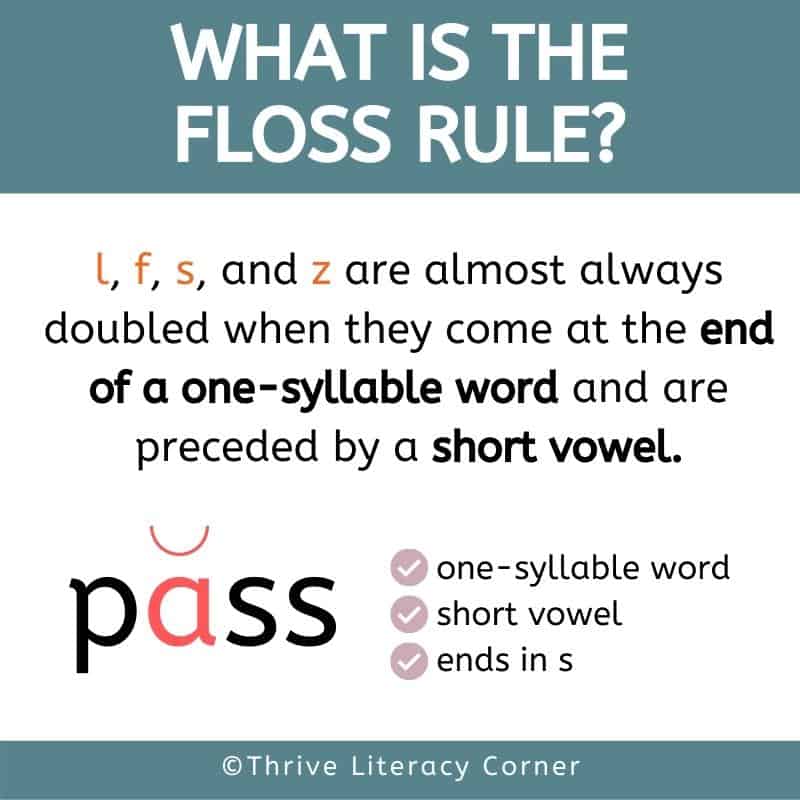
What is the floss rule?
The floss rule for spelling is the rule that states that l, f, s, and z are almost always doubled when they come at the end of a one-syllable word and are preceded by a short vowel.
Examples of floss rule words include: floss, staff, bill, and jazz.
There are a few exceptions to this rule and I would teach them as heart words: if, yes, gas, of, this, gal, us, bus, plus, and quiz.

Floss Rule Anchor Chart
You can print out this floss rule anchor chart to display in your classroom and help your students remember this rule. It’s available for free by signing up for my email list below.

Floss Rule Words
I also created this printable list of floss words that you can use for your lessons and activities. Sign up to my email list below to access the list and anchor chart.
Grab 12 FREE phonics word lists & anchor charts by subscribing to my list!
*Most school spam filters block my emails, so please use a personal email.

How to teach the Floss Rule
I usually introduce new concepts like this using an anchor chart. Go over the example words and discuss the rule with your students. See if they can think of more words that follow this rule.
Then highlight the doubled spelling in the words on the page. After this I have students write some floss words, making sure they say the letter aloud as they write. Then I go on to other activities.
When you introduce this rule make sure to state that it ‘almost always’ is the case and not always, since there are some exceptions. And be sure to talk about the exceptions. Many times there is a good reason why a word doesn’t follow the rule. For example, the word chef is a French word so it won’t follow English conventions.
There is also a rule that helps with exceptions, and that is if the final s makes a /z/ sound, don’t double it: is, as, was, has, and his.
When to teach the floss rule
Teach the floss rule after students have learned all the consonants and short vowels. I usually teach it after consonant digraphs and before consonant blends. This is usually in kindergarten or first grade.
Floss Rule Activities
There are many activities you can find to work on the Floss Rule, mostly worksheets and games. Look out for free options on TPT too, as I always find something free when I look.
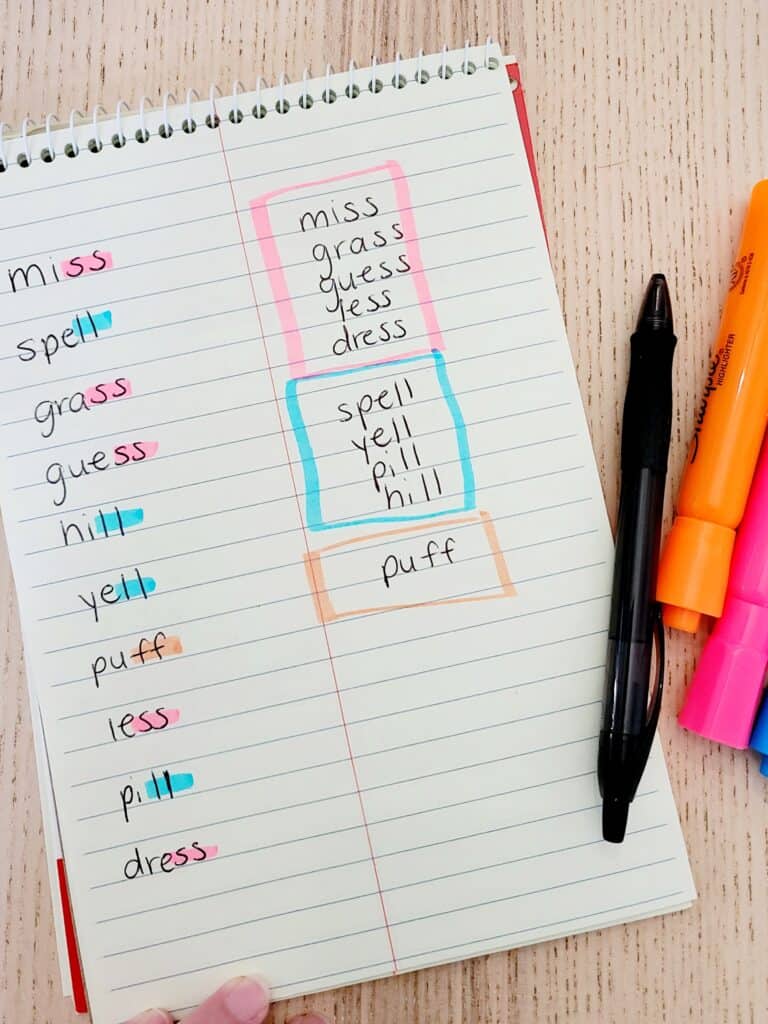
Sorting
This is where you want to start as sorting helps students see the patterns. You can sort non-floss words with floss words, or sort floss words by their ending.
I usually make a deck of floss words on index cards for students to use to sort and play games.

Word Hunt
Have students go on a floss word hunt. Ask them to find 10 floss words around the room or in a book/passage. You can have them highlight the words they find in a passage and write them on flashcards or a whiteboard to sort by ending.
Above I asked the student to find all the floss words in the passage and sort them into 4 boxes.

Phoneme Grapheme Mapping
This is the most effective way of working on writing floss words. In doing this activity, students see the doubled letters as one unit making one sound.
Use the word list to have students write words on a phoneme grapheme mapping template like the one pictured above. You can grab my Phoneme Grapheme Mapping Template in my shop.
Writing
Get students writing in any way you can. Whiteboards, sand trays, dictation, Elkonin boxes, and worksheets are all great ways to get them writing floss words.
I always do a quick dictation at the end of every lesson and it’s a great way to practice and assess. I have this dictation template available in my freebies library.

Games
Of course, last but not least is games! I usually just grab the deck of floss rule words I created and have students play a game using these cards. They can play a board game with them and on their turn, they need to pick up a card and read it aloud for the other players to write. You can also find lots of Floss Rule games on TPT.
Grab 12 FREE phonics word lists & anchor charts by subscribing to my list!
*Most school spam filters block my emails, so please use a personal email.

Bottom Line
The floss rule is a great spelling strategy to teach young students. It’s easy to learn and helps them spell common words correctly. Using the methods and activities in this blog post you can help your students learn the floss rule.
Want to remember this? Save All About The Floss Rule to your favorite Pinterest board!



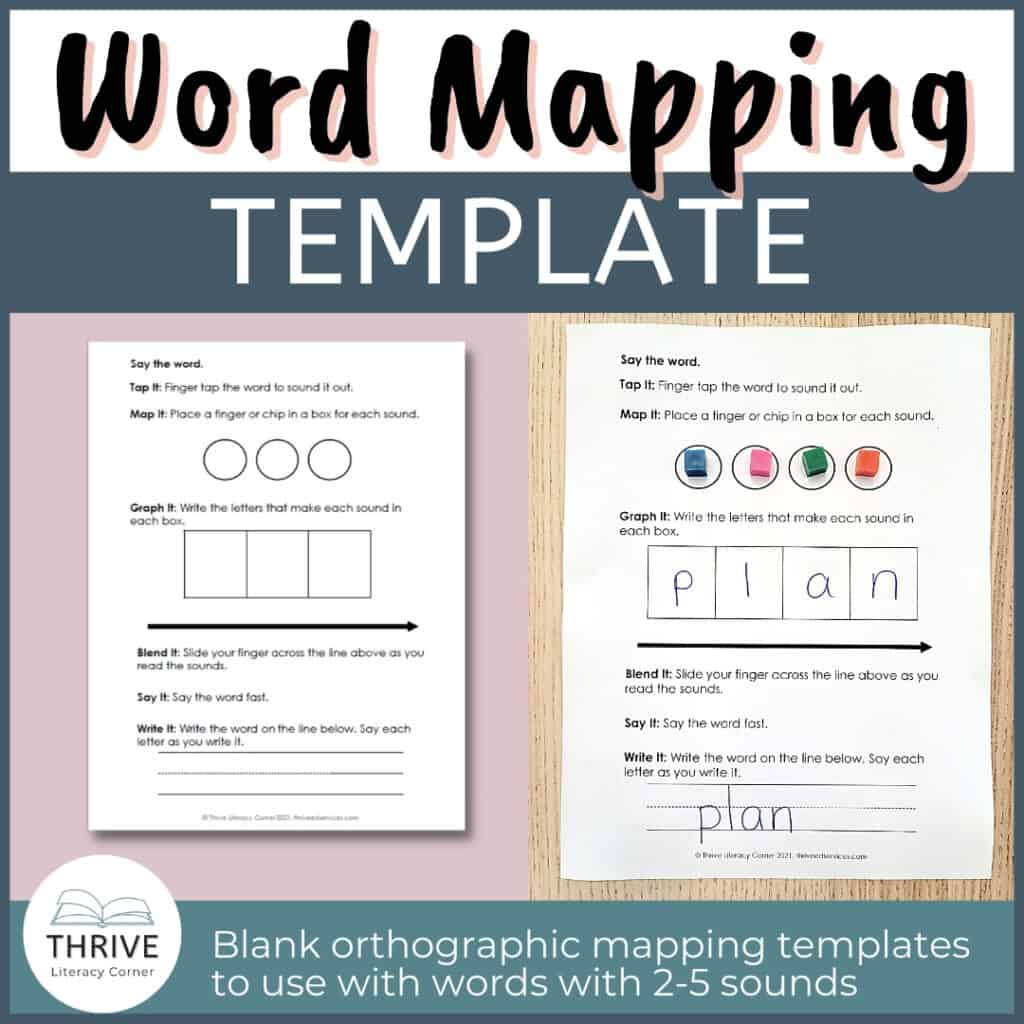
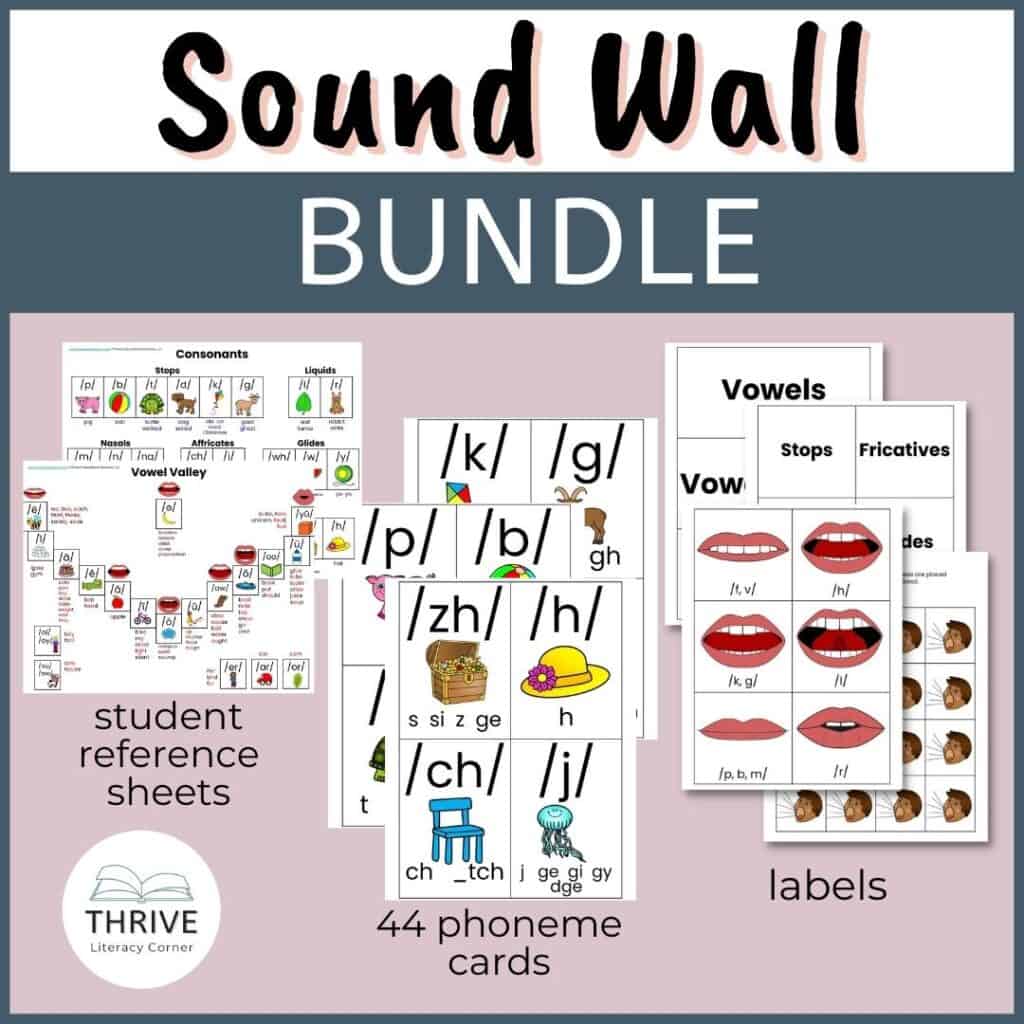
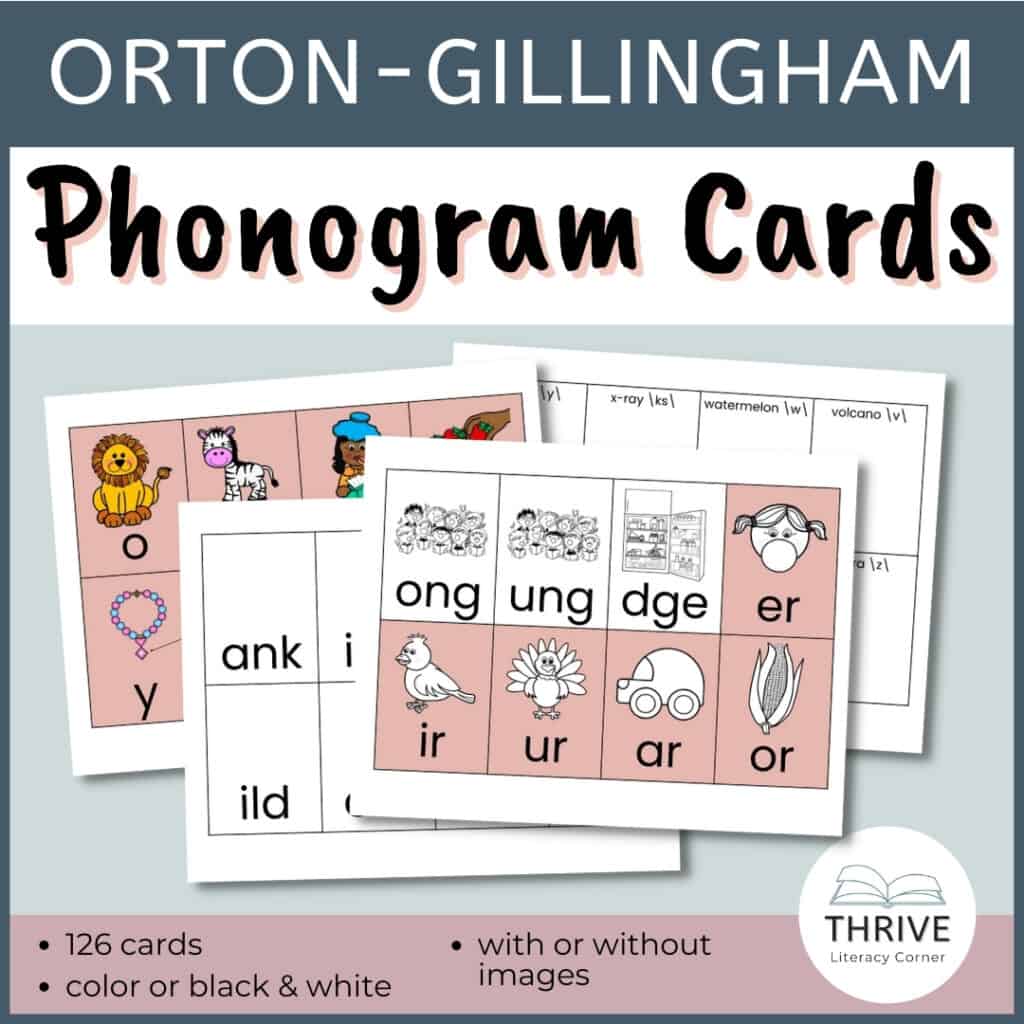
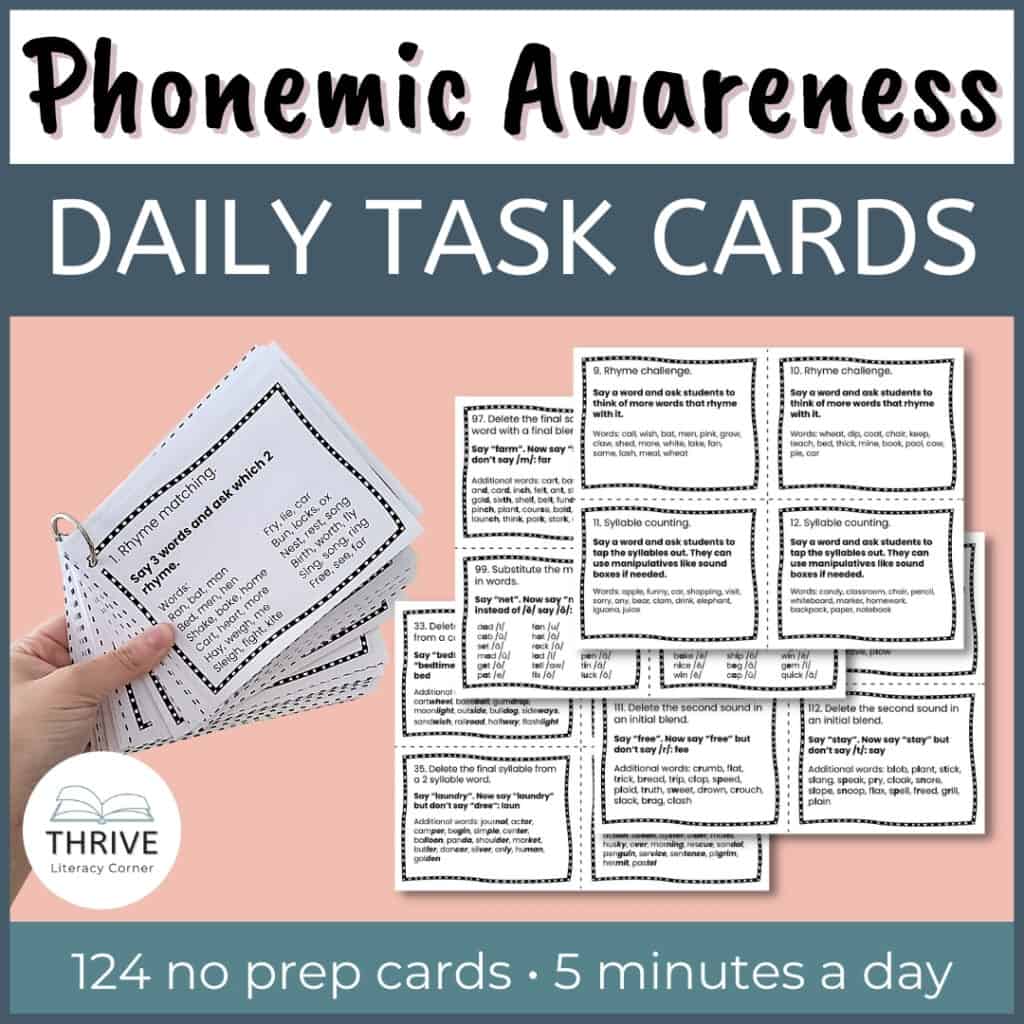
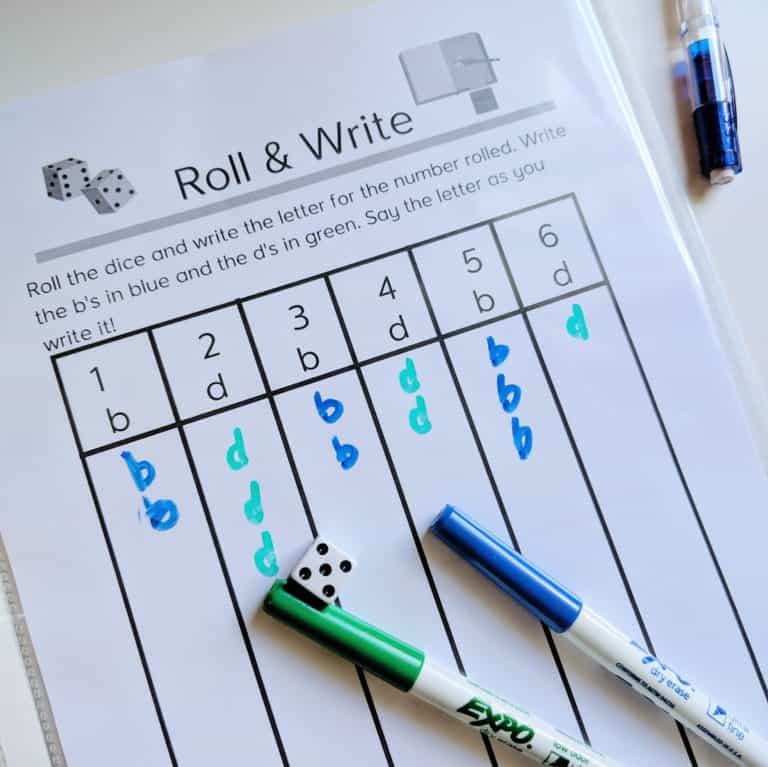
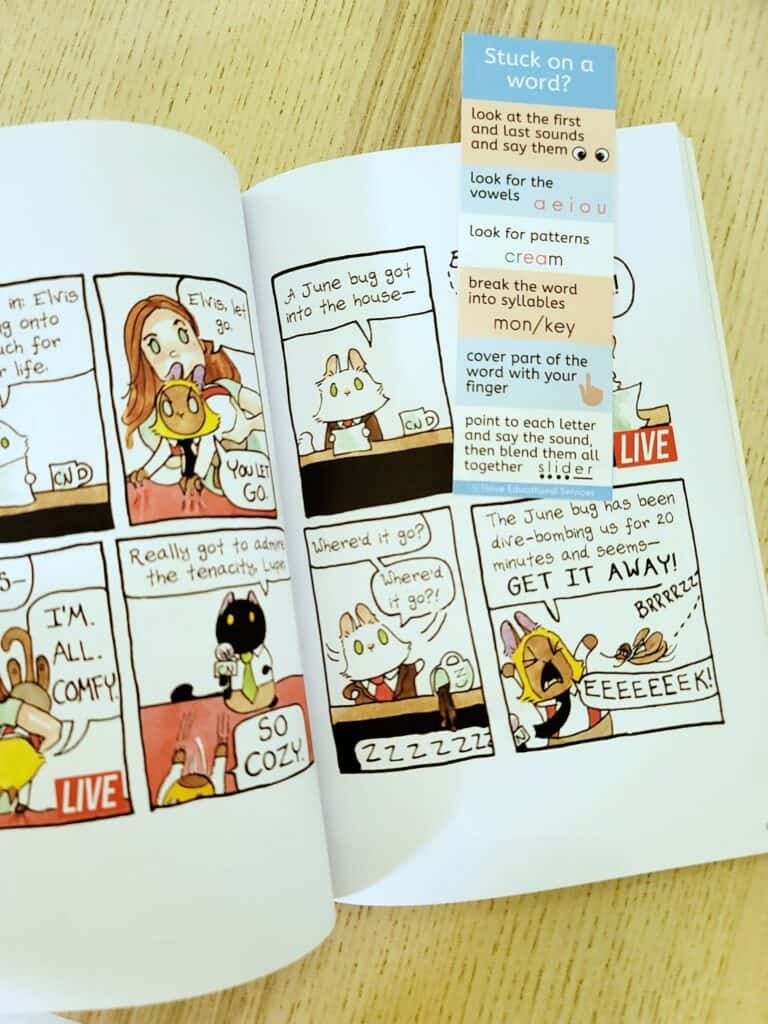

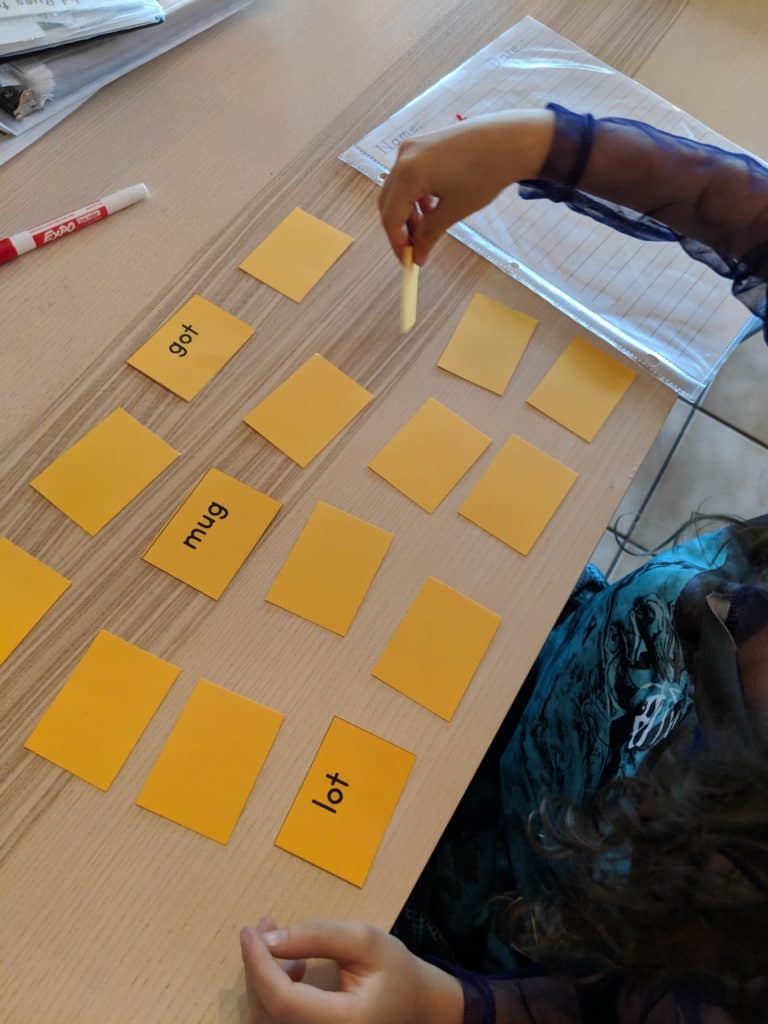
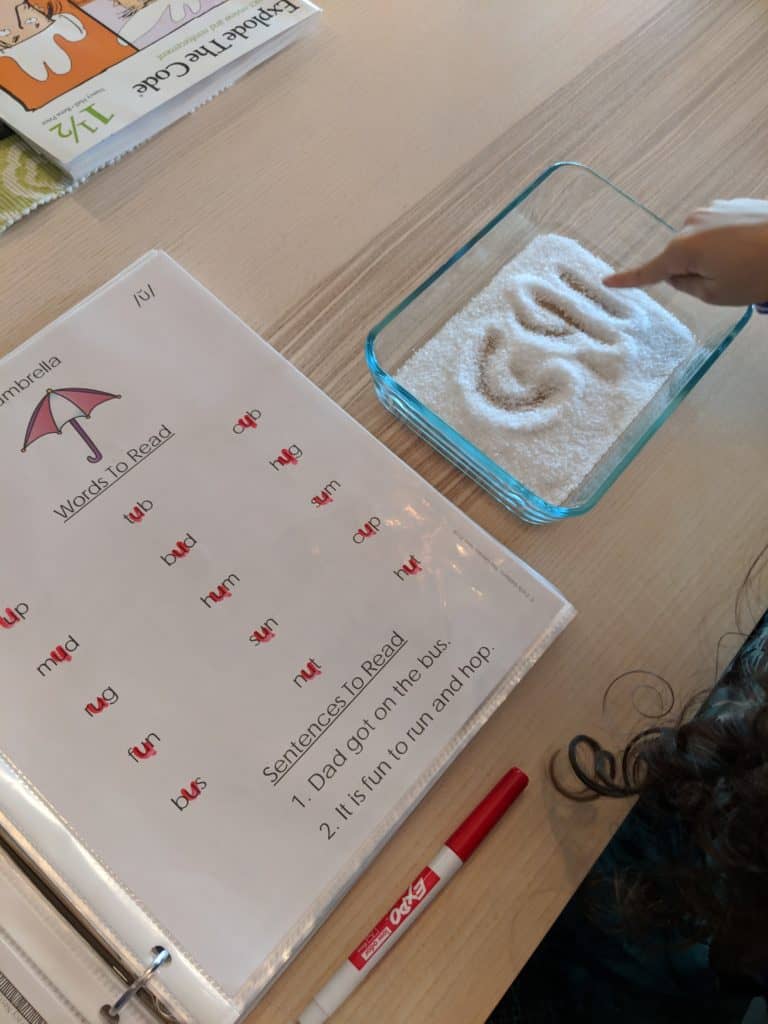
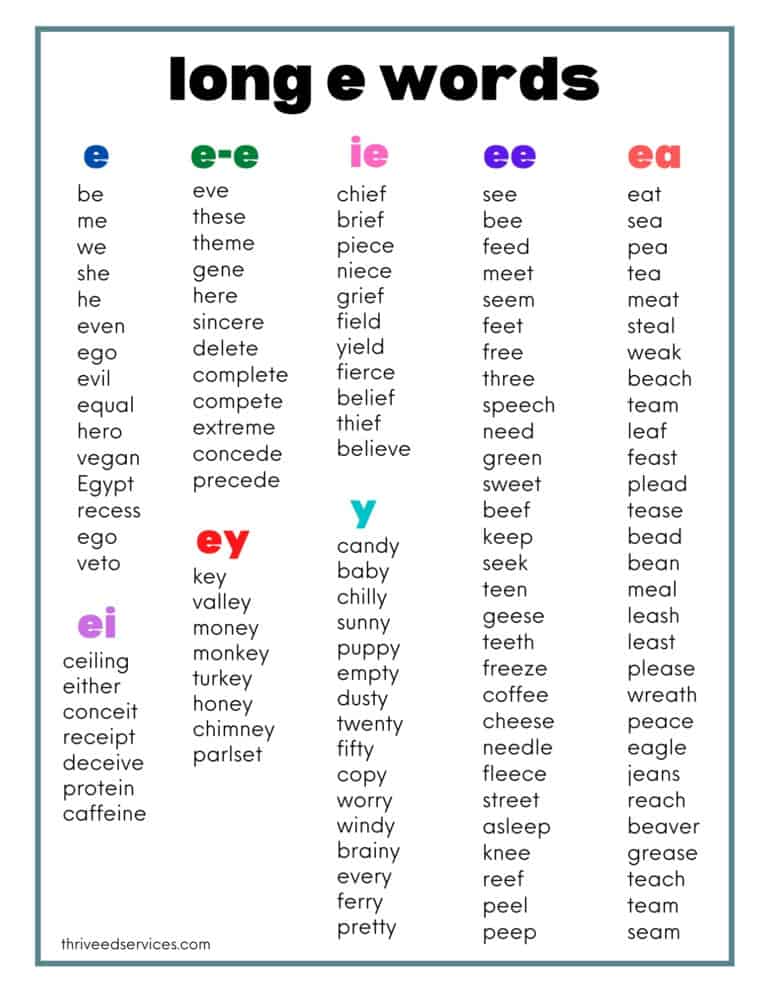
Would love the FlOSS rule sheet
It’s available in my freebies library.